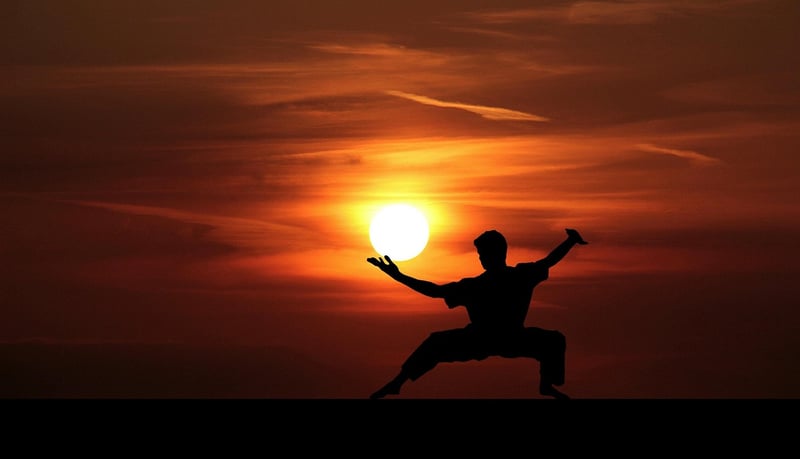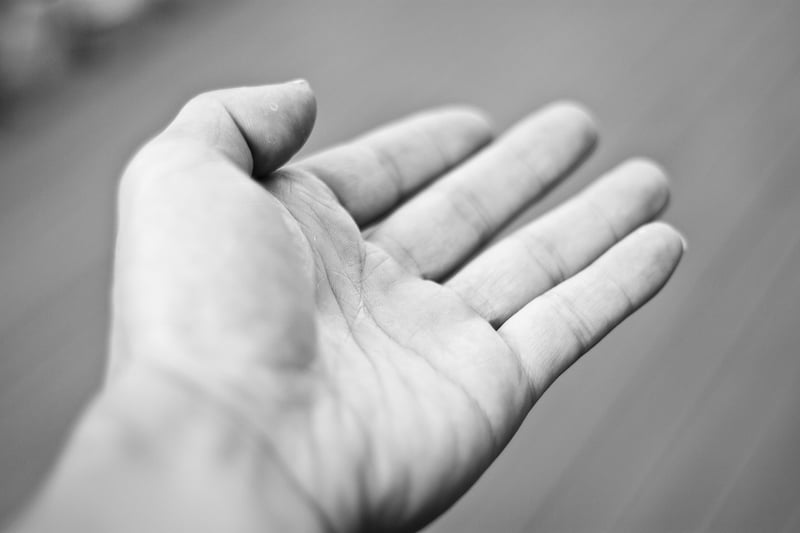Wu Style
The Art of Balance and Harmony in Wu Style Tai Chi
Tai Chi is a centuries-old Chinese martial art that embodies the principles of balance and harmony. Among the various styles of Tai Chi, Wu Style stands out for its focus on precise movements, internal energy cultivation, and mindfulness. This article delves into the essence of balance and harmony within Wu Style Tai Chi.
The Essence of Wu Style Tai Chi
Wu Style Tai Chi, also known as Wu Chien Chuan or Wu Jianquan Style Tai Chi, was founded by Wu Jianquan in the late 19th century. It emphasizes small, compact movements that promote balance, agility, and inner peace. Practitioners of Wu Style Tai Chi focus on achieving harmony between body, mind, and spirit through slow, deliberate movements.
The Importance of Balance
Balance is a fundamental aspect of Wu Style Tai Chi. The slow, flowing movements help practitioners improve their balance by strengthening core muscles, enhancing proprioception, and promoting body awareness. By maintaining equilibrium throughout the forms, students develop a sense of stability and poise both on and off the practice mat.
Harmony of Mind and Body
In Wu Style Tai Chi, harmony between the mind and body is essential. Through focused breathing and mental concentration, practitioners cultivate a deep sense of inner peace and tranquility. The gentle, rhythmic movements of Tai Chi promote relaxation, reduce stress, and enhance overall well-being.
Benefits of Wu Style Tai Chi
- Improves balance and coordination
- Enhances flexibility and strength
- Boosts energy levels and vitality
- Reduces stress and anxiety
- Promotes mental clarity and focus
Experience Wu Style Tai Chi
If you're looking to cultivate balance and harmony in your life, consider exploring Wu Style Tai Chi. Find a certified instructor or local Tai Chi group to begin your journey towards improved well-being and inner peace.
Embrace the art of Wu Style Tai Chi and discover the transformative power of balance and harmony in your daily life.

Learn more about Wu Style Tai Chi here.
